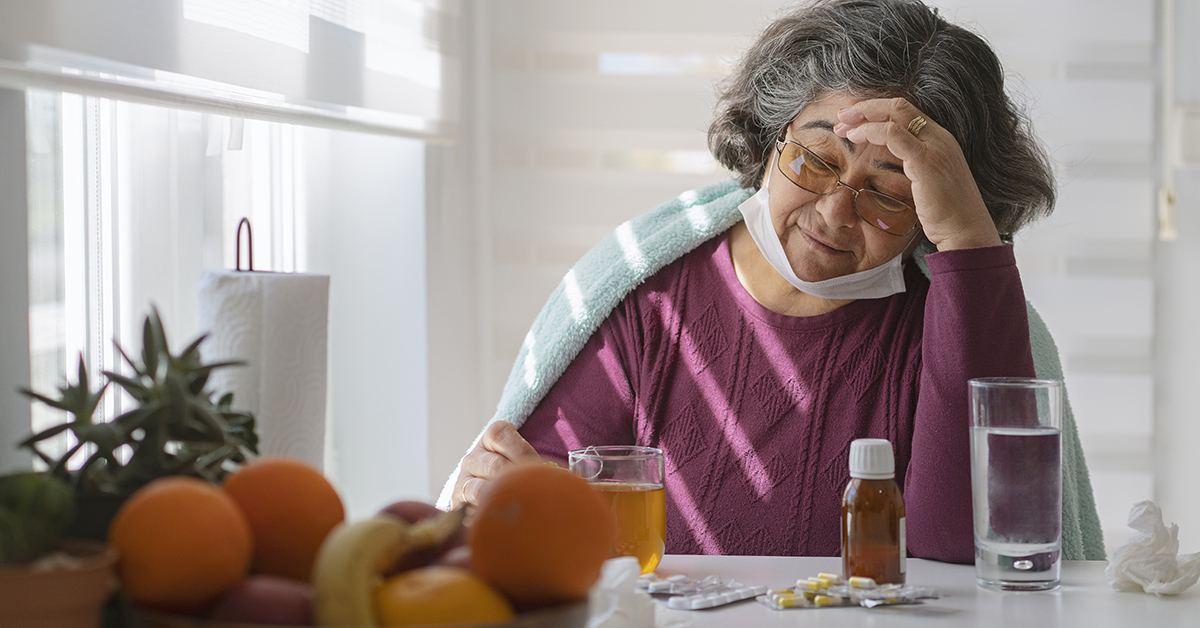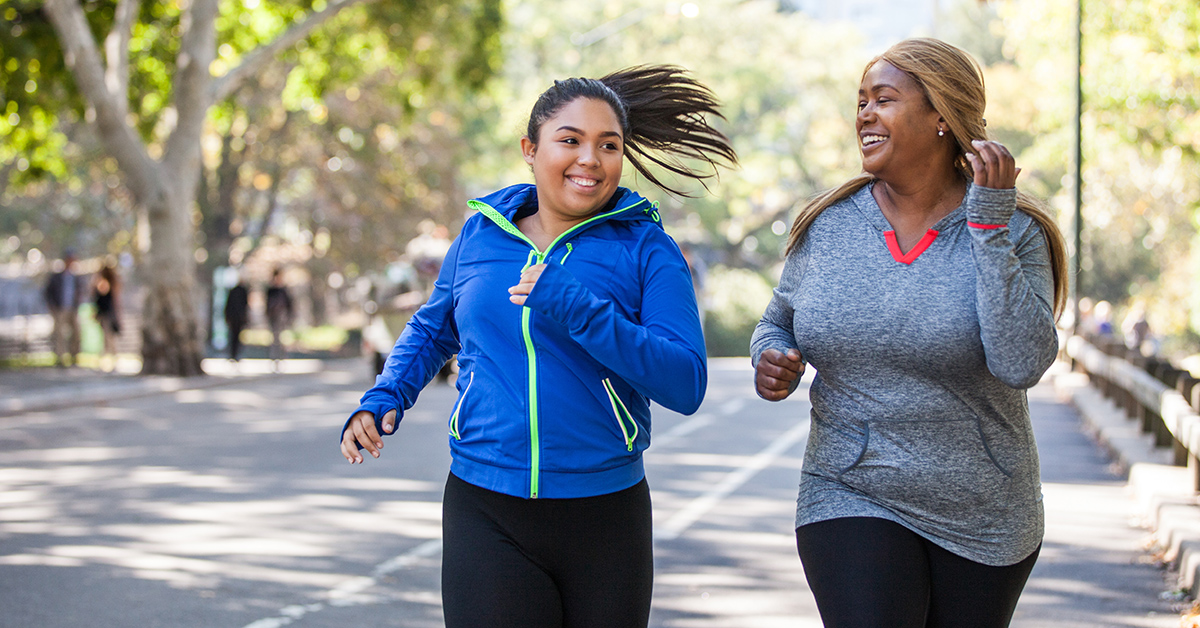Summer is upon us, and with so many opportunities for fun in the sun, it’s the best time of the year to be a kid! But for parents, it can be a time for increased worry and anxiety about safety. Here are some quick tips on summer safety for kids.
Summer safety for kids
Summer is a great time to be outside. But those outdoor activities come with their own set of safety concerns. Nicholas Schey, MD, a pediatrician at Bon Secours Pediatrics of Mechanicsville in our Richmond market, says creating habits is one of the best ways you can remember to follow best safety practices.
“I always like to emphasize with parents that preventing injuries is all about the habits and routines that you do all the time,” Dr. Schey adds. “You want to make these things ingrained in your daily routine.”
Water safety
The American Academy of Pediatrics reports drowning as the leading cause of injury-related death in United States.
There’s no substitute for close adult supervision when kids play in or around water – this includes shallow water like wading pools – but formal swim lessons can help build confidence and teach kids safe skills.
Other recommended water precautions include:
- Monitoring water conditions when swimming in natural waters, like lakes and oceans.
- Always use Coast Guard-approved life jackets when boating or enjoying water sports.
- Manage pool safety at home with a locked fence and pool cover when it’s not in use.
“Drowning is one the leading risks to kids. Resist the urge to run inside for two seconds to grab something because things happen extremely fast with drowning,” Dr. Schey says.” And again, when it comes to habits and routines, don’t bypass the child lock on the gate, even for a second, because that’s when something bad can happen.”
Playground and bike safety
Parks and playgrounds are the perfect place for kids to make friends as well as release energy. But playground mishaps are a leading cause of childhood injuries – especially concussions.
According to the Centers for Disease Control and Prevention (CDC), it helps to choose playgrounds with soft footing, such as wood chips or sand. Also, make sure kids stick to age-appropriate play equipment.
When rollerblading, biking, skateboarding or scootering, make sure to always wear a helmet that is properly fitted, no matter how short the ride is. Helmets decrease the risk of head injury by 85 percent. Also, make sure your child’s helmet meets the safety standards of the Consumer Product Safety Commission (CPSC). And lastly, have them wear bright clothing, such as a reflective jacket, if they are riding at dusk or in the dark.
“I always tell patients to make it a routine, so much of a habit that it feels weird if you’re not wearing a helmet when you get on your bike,” Dr. Schey says.
Sun and heat safety
Everyone loves a warm, sunny day. But risks ranging from sunburn to heat exhaustion can put a damper on fun activities.
To protect young skin from damage, regularly apply sunscreen. A thick layer of broad-spectrum sunscreen can help block both UVA and UVB rays. Just make sure it has a sun protection factor (SPF) of at least 15.
Also, kids don’t always recognize heat as a problem when they are playing outside. Therefore, it’s important to monitor kids for signs of heat illness, including muscle cramps, headaches, dizziness and increased thirst.
“When you can, avoid being out in the midday heat, from 10 a.m. to 2 or 4 p.m.” Dr. Schey says. “If you do have to be out during that time, try to take breaks in cool air. And then, as we always emphasize – hydrate before, during and after activities.”
Here are some summer safety tips to keep them safe from the heat:
- Bring plenty of water. Remind kids to take frequent hydration breaks, especially if they’re playing hard. Teach them to recognize the signs of dehydration, including dry mouth and fatigue. If you’re thirsty, drink water.
- Dress properly. Encourage kids to wear a hat and sunglasses. Protective clothing also serves as an additional defense against the sun’s UV rays.
- Choose shade. The best protection against the sun is shade. Stay under a tree or picnic shelter when the sun is at its most intense. When headed to the beach, don’t forget the umbrella.
- Choose outdoor activities wisely. The hottest days may not be the best time for sports or intense activities. Instead, try a walk in the woods or a dip in the pool.
Also, in the hot summer months, it’s more important than ever to be extra vigilant when you have a new or a different routine with young children in your car.
A few tips to consider:
- Leave another important item, like a purse, cellphone or work badge, in the backseat of the car. This serves as a reminder to get your child out of the car when you retrieve this item.
- Make a plan with your babysitter or daycare providers to have them call you if your child is late for any reason.
Bug safety
Pesty insects can take the fun right out of summer. Protect your kids from mosquito bites with an insect repellent that contains DEET.
The current American Academy of Pediatrics and Centers for Disease Control and Prevention recommendation for children ages 2 months and older is to use a spray with 10 to 30 percent DEET once a day.
Cover up as much as possible by wearing long-sleeve shirts and pants if you are hiking or camping in heavily wooded areas. Also, remove any standing water from your backyard, which is a breeding ground for bugs.
“Clothing is the best prevention for mosquitoes and ticks, but when you can’t do that because of heat, bug repellant is the way to go,” Dr. Schey says.
Remember to thoroughly check the body from head to toe for ticks at the end of each day. Do not forget the scalp, behind the ears and private areas where critters like to hide. Call your pediatrician if your child develops any inflamed bug bites or a rash that is shaped like a bullseye.
Fire safety
Grilling, campfire and firework safety are summer staples. Be sure to keep a watchful eye on toddlers, tweens and everyone in between at outdoor cookouts. Fire pits and grills should always be supervised by an adult and should be at least 10 feet away from your home. Never leave them unattended. Teach your children to stay away from open flames and to be careful around hot surfaces, like the stones around a fire pit.
How we can help
Summer safety for kids is very important, so make sure you’re prepared. If your child does get sick, don’t hesitate to make an appointment with their pediatrician. However, if they sustain a more serious injury, you may need to visit an urgent care or emergency department for the most appropriate care.
Learn more about the pediatric care services we provide at Bon Secours.





